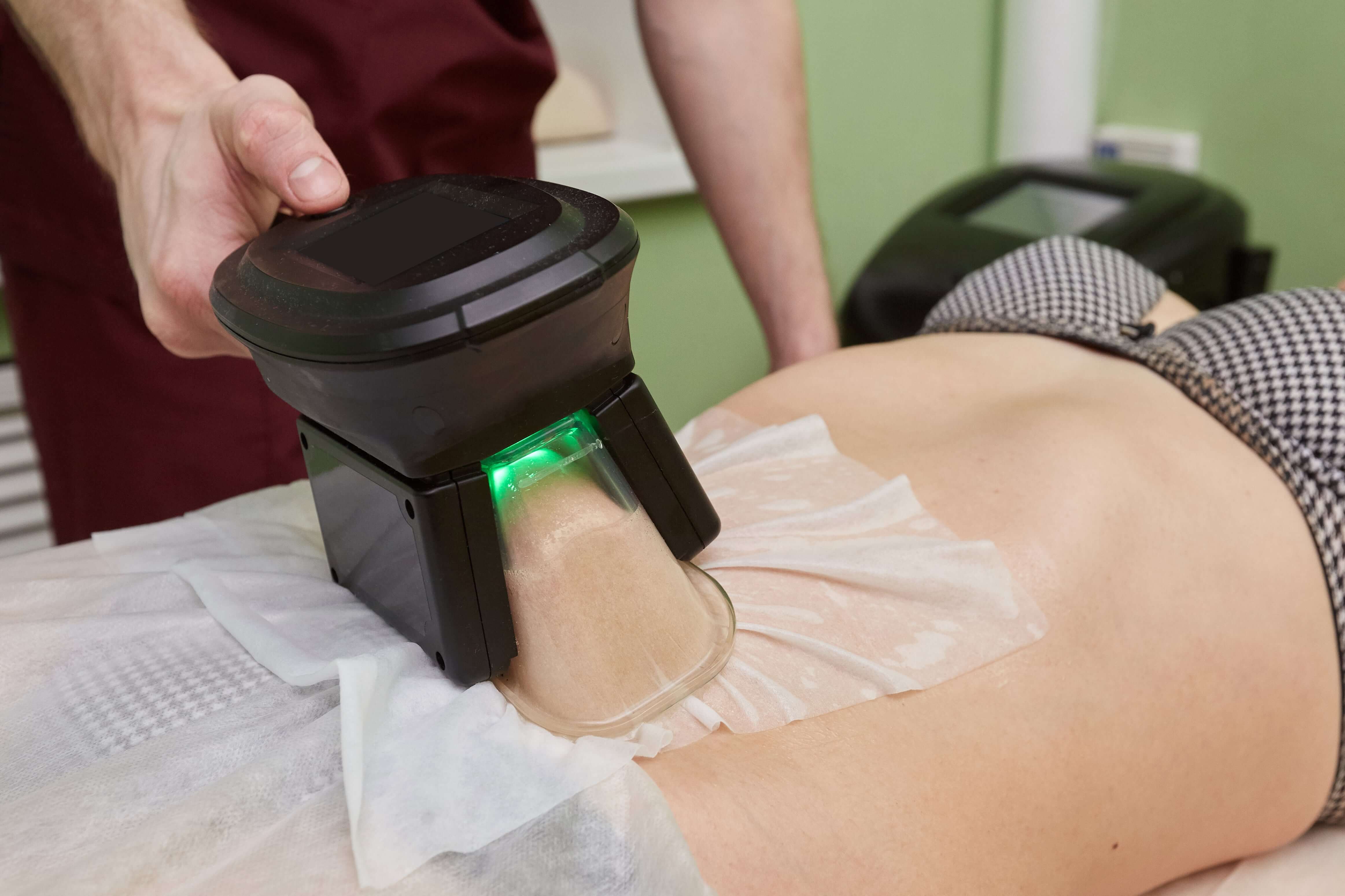I see it, she sees it, others see it. From mannerisms to physical appearance to the way we structure our days, I’m just like my mom. It was noticeable when I was young, but when I became a mom, our similarities skyrocketed.
In many ways, I feel myself yearning to be more like her. She was, and still is, a wonderful mother, and I find myself hoping I can be a tenth of the mother she was. Yet I unfortunately share some of her faults. They seem inherent and something I can’t really escape.
But am I like her because I want to be? Or did I watch her battle her demons and somehow take them on through osmosis? Or did nature and nurture collided at some point and made me a mini of my mom?

Some sons grow to be like their fathers, and some daughters find themselves embodying their mothers. Other daughters grow to be like their fathers, sons their mothers. This isn’t always the case, but there is a strong likelihood that the problems our parents face will resurface in our own lives—unless we work hard to chart a new path.
The Family Projection Process
Therapy is a pretty new division within the medical community. In fact, 100 or so years ago, it was virtually unheard of. Then, bright minds like Murray Bowen came onto the scene. Bowen was a psychiatrist and a professor at Georgetown University throughout the latter half of the 20th century. He is considered a pioneer in family therapy, a founder of systemic therapy, and the first to describe the family projection process: “the primary way parents transmit their emotional problems to a child.”

“The idea is relatively straightforward,” says Matthew Mutchler, PhD, a psychology professor and licensed marriage and family therapist. “Every person has anxiety about themselves—what we wish was different about us, what we like, what we don’t, what triggers us … When we become parents, the way we raise our children reflects these anxieties—we’re trying to raise them not to have them. Unfortunately, they usually pick them up anyway, if in slightly different ways. So when those children grow up, they have similar anxieties about themselves that their parents did and end up parenting in a similar way.”
https://twitter.com/Emma_Jessica1/status/890407605549633538
It’s not something we necessarily aim to do—perhaps it’s something we’re actually aiming not to do—but it still happens. As described by the Bowen Center for the Study of the Family, parents worry that their young children have something wrong with them, perceive that they do, then treat them differently as a result. Eventually, the child “grows to embody their fears and perceptions.” It happens so seamlessly that without an intentional break in the cycle, the cycle persists through generations.

For example, I am not a strong swimmer. To be completely honest, I’m probably considered more of a sinker. My mom also isn’t a pro in the water. She never liked this about herself, and she actually put me in private lessons for quite some time, but it never caught on. I learned to swim, yet I never learned to be confident in my abilities. Her anxiety passed to me, and now I’m in the boat of trying to break a generational pattern with my own children.
Pressure to Follow in Your Parents’ Footsteps
At an early age, we are compelled to be like our family. Being like them makes us fit in—and fitting in is something everyone yearns for. That sense of belonging is crucial to our confidence and our ability to pursue brave steps in becoming who we hope to be.

The pressure we feel to be like our parents is at odds with another subject Bowen taught called differentiation of self. The concept refers to a person’s ability to separate their own thoughts and emotions from their family’s.
“When a child starts to become more independent in their teenage and young adult years, families may overtly or covertly punish them—withdrawal of attention, finances, approval—for being different,” says Mutchler. “There are several predictable ways people respond to this. One, they give in and act/become ‘more like’ the family; two, they have a lot of conflict, often dramatic, with the family; and three, they cut off—emotionally, physically, or both—from the family.”

Regarding Mutchler’s first example: We see many children choose the same or very similar careers as their parents. Police officers have children who admire their service role in the community and choose to become police officers, firefighters, or EMTs. Teachers birth teachers. Entrepreneurs, you guessed it, raise little dreamers and innovators. Subconsciously, children feel pressure to please their parents, and parents sometimes encourage values that reflect their own.
In the second example, it seems like the argumentative child is differentiating, but Mutchler says this conflict “creates what we call the ‘illusion of difference.’ Because of the way our culture views conflict in families, the assumption made by all is that by fighting, we are different, and the more I fight, the more I am asserting my difference. However, we are engaging our family members in the same way they are engaging us. Thus, even in our act of trying to fight it, we are becoming like them.”

In the third example, it is assumed that by creating distance—emotionally or physically—difference is established, but really it’s just a fruition of the family projection process. That is, the parents’ problems have been reflected so strongly upon the child that the child finds it necessary to completely separate themselves from that influence.
“The more intense the family projection process has been, the more intense the adolescent rebellion,” according to Bowen Center for the Study of the Family.
DON’T TOUCH ME! lol. My daughter man, her attitude is just like her mothers😌😈 pic.twitter.com/1zajHiS0aB
— guåhusisus (@theemrsaguero) March 19, 2018
Bowen’s theories point out that the individual that cuts off their parental relationship often transfers the issues they experienced with their parents to other relationships.: “… the more a man cuts off from his family of origin, the more he looks to his spouse, children, and friends to meet his needs.”
A Parent’s Role
It’s practically impossible to live in an environment and not adopt what we see. We witness this so often with young children as they learn to speak, walk, and gesture. They absorb and mimic everything around them: the good, the bad, and the ugly.
“It’s impossible not to be [shaped] by our parents—after all, that’s the entire definition of parenting, to shape and grow your child until (and perhaps even after, for better or worse) adulthood,” says Lauren Drago, a licensed mental health counselor.
https://twitter.com/I_Am_ErikaG/status/751933871831261184
According to Drago, whether intentional or not, our ideas of relationships, communication, emotions, worth, and scarcity mindset all come from our parents.
“Could you imagine spending 18 years with one thing daily and not being immensely, life-alteringly changed by it?” she asks. “It would be impossible. And that’s exactly why we end up picking up the habits, mindsets, and mentalities of our parents, despite our best efforts.”
But what’s the layer beneath all of it? You often hear the question of nature or nurture, but there is a third component to consider: culture.
Let’s face it, genetics are wild. I have three sons, and when I look at my husband’s baby and childhood photos, I see my boys. They are like their dad in so many ways. Similarly, my husband resembles his dad down to details like his hairline and muscular calves. Add in the nurture component, and it’s no surprise that my boys are loud, boisterous, and sensitive, with a love for the outdoors…just like their dad and grandpa.

“What we know is that we’re all some perfect combination of our biological predispositions and the qualities that have been honed over time through our environmental influences,” says Drago.
Our parents are perhaps our greatest environmental influence—they definitely are in our youth. They’re the ones who put in the hours to shape and nurture us. But as we mature, culture begins to share that load with our parents. No longer are our parents the only ones planting ideas, speaking truth (and lies), and guiding us to develop habits. This is where you’ll see a conservative parent and a liberal child or a rural couple with children concentrated in the big city. Nature and nurture are the foundation, but at some point, culture sweeps in and creates a trifecta of influence that begins to explain who we are.

If you pause and assess yourself, it’s pretty obvious to see how a combination of nature, nurture, and culture have shaped who you are. Since our parents are influenced by the same trio, it makes sense that who they are filters into the next generation.
But, at the end of the day, is it bad to be like your mom or dad?
“It’s important to consider that it might not be negative to be like our parents,” says Mutchler. “No family is perfect, but most have strengths that can be helpful for us.”

Assessing the benefits and drawbacks of being like our parents is an exercise in self-awareness—it provokes complex questions and thus calls for time and attention. Looking inward, I’m sure you’ll find similarities between you and your parents—some you’ll like, and some you’ll want to change. In the latter case, Mutchler advises that you determine what trait you want instead and practice that new habit diligently.

Even though odds says you will turn out to be much like your parents, don’t discount your willpower to overcome great hardships, thanks to self-reflection and professional counseling. If you set your mind to it, you can turn out to be the opposite of your parents, if you so choose.
But in your reflection, be sure to note how you are your own distinct person, too. You’re not a carbon-copy, despite the influence nature, nurture, and culture had on your life.
































































































